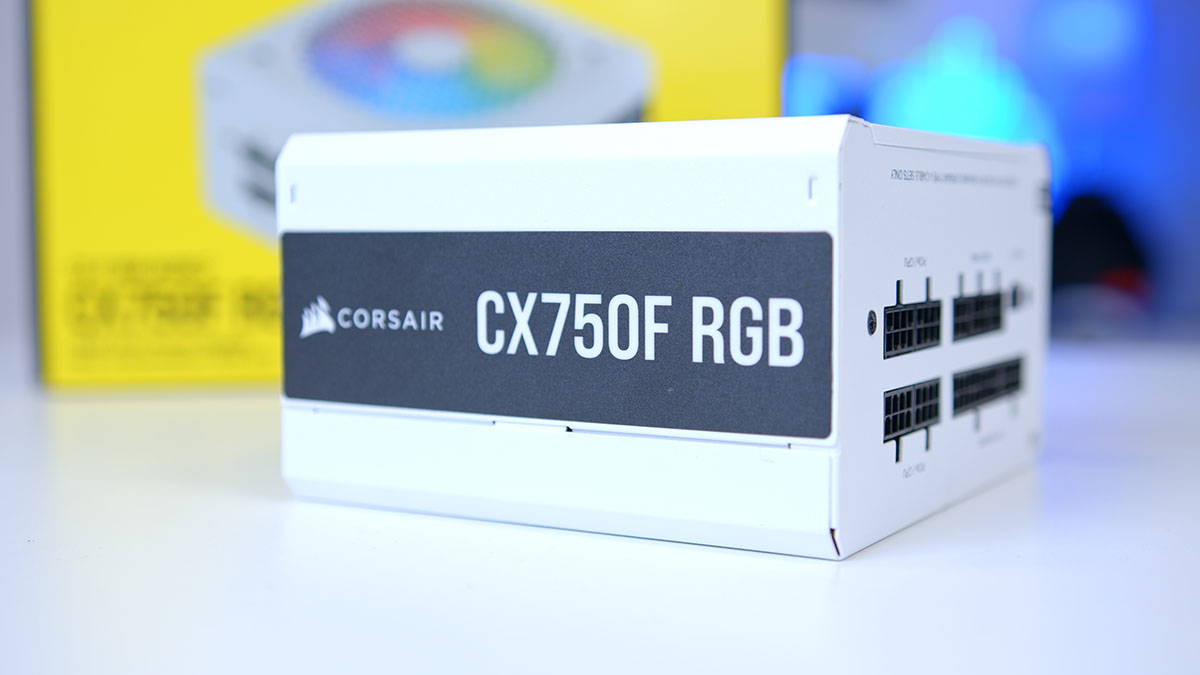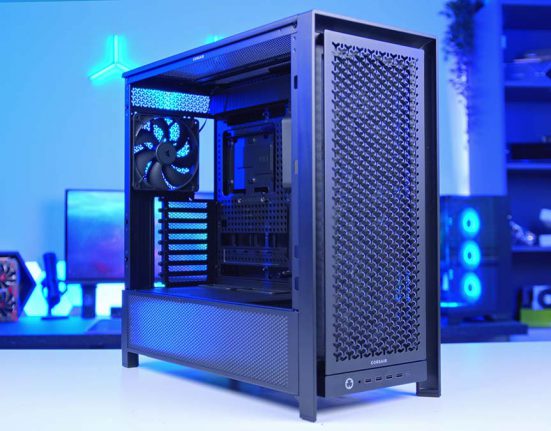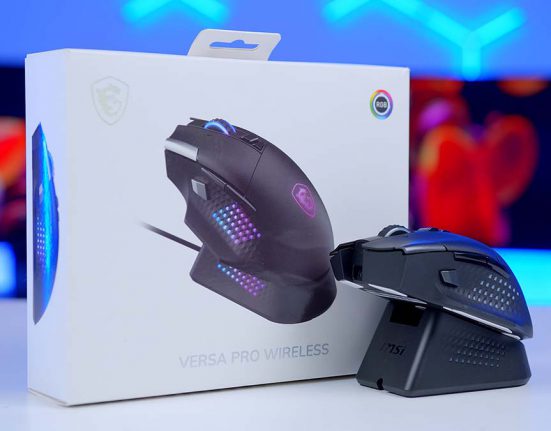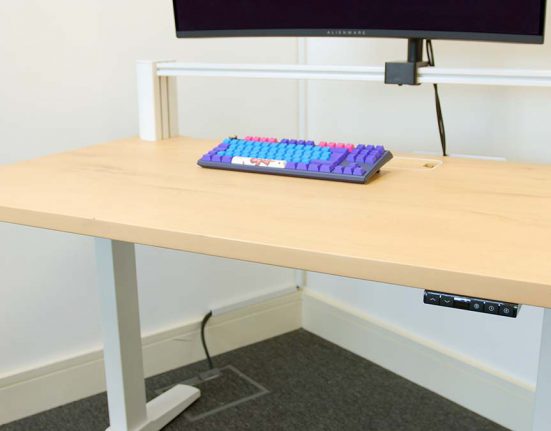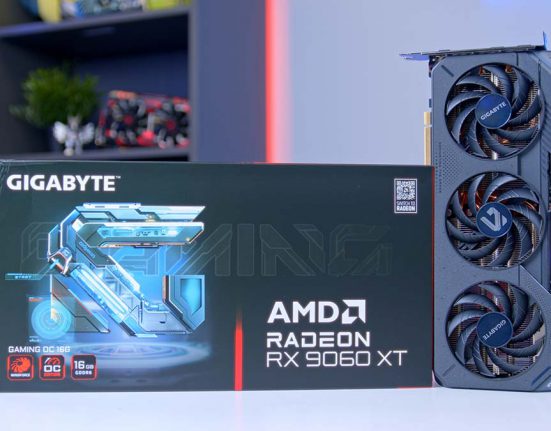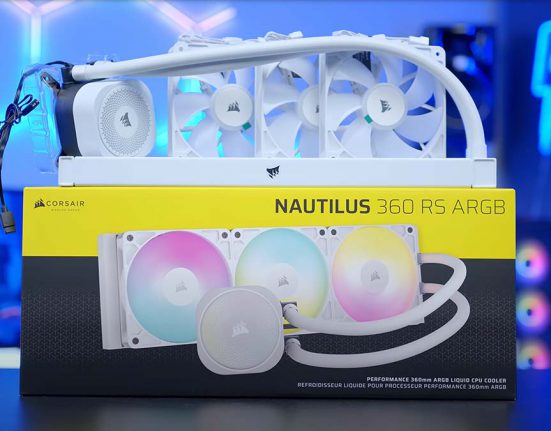Introduction
With more people than ever building their first PCs, and enthusiasts on the constant look out fore more powerful hardware, a question many novices will ask is ‘what do all of my components do, and why do I need them?’.
In our series of ‘What is?’ articles we seek to relieve some of the confusion that comes with building a PC and to provide some extra knowledge along the way about all of the components in your PC. Today we’ll be looking at the power supply – otherwise known as a PSU. We’ll be breaking down the importance of this part, and what it does.
Suggested Article: How to Choose the Right Wattage PSU for your Gaming PC
What is a PSU For?
The primary purpose of your PSU is to deliver power to all of the various components within your system. All components have a rated wattage and your power supply is responsible to send the correct amount of power to these parts within your system. Essentially, without a PSU your PC will not turn on. This is one of the essential components required to get your PC working.

There are some differences between power supplies which we’ll cover below, but as a general rule, most power supplies tend to be rather similar. The main point you’ll want to think about when buying a PSU is your wattage. We’ve taken a look at this in our piece on how to choose the right wattage PSU, but this factor is very important. Different components will vary in their wattage requirements, with the graphics card being the most power-hungry of the bunch. The best way to view wattage is by working out how much you need for your entire build. If you’ve picked some high-performance parts, this will drive up the power requirement quite significantly and this is something you’ll need to think about before settling on all of your components.
[adrotate banner=”7″]Modularity and Efficiency
A couple of points to touch on that can be confusing are the difference between non-modular and modular power supplies, and what all of the efficiency ratings mean. First and foremost, what is a modular power supply? Quite simply, a modular PSU doesn’t come with any cables integrated directly into the power supply, you get the ability to choose which cables you plug in. This means that there’s no excess of cables to manage or hide away if you’ve got too many. Many of these cables in modular power supplies tend to only have one power connector on them, which from an aesthetic point of view is much nicer.
Non-modular power supplies are essentially just the opposite of modular ones where you get a lump of cables integrated directly into the PSU. Semi-modular is a mix of the two where you get a small number of integrated cables, often the CPU and motherboard, with the PCI-E and peripheral cables able to be moved and plugged in of your own accord.
Efficiency ratings have five different iterations which are: bronze, silver, gold, platinum, and titanium. The ratings essentially mean that the manufacturer has had their power supply tested by an independent body to see how efficient the power draw is. The top-end efficiency is titanium where you have very little wasted power at 100% load. The best way to look at efficiency is the higher the rating, the better the PSU will be. Titanium-rated PSUs are few and far between, and frankly overkill for anything but a top-end build. 80+ Bronze would be our minimum recommended standard for those on the budget-end of the build spectrum.
Cable Types
There is a wide range of cables that come with a PSU, and plenty of different components that have different power requirements. Below we’ve created a list of the most frequently used power cables that you should expect to see included with your PSU:
24 Pin Motherboard
This is the biggest power connector of the lot in terms of physical size. This cable is specifically to deliver power to your motherboard. It consists of 24 pins and plugs into the ATX slot of your motherboard that looks like a big rectangle. Older motherboards used to only have 20-pin power connectors originally, but the standard shifted to 24-pin quite some time ago to provide further power delivery.

8 Pin EPS CPU
8 Pin CPU and 8 Pin PCI-E are quite similar, but how many connectors you need will entirely depend on your motherboard. Motherboards have different configurations and this will determine whether you need multiple 8-pin connectors, an 8-pin and a 4-pin, or perhaps just a single 8-pin connector. The CPU connector is normally situated towards the top left of your motherboard and you need to make sure you plug this connector in or your CPU won’t have any power.
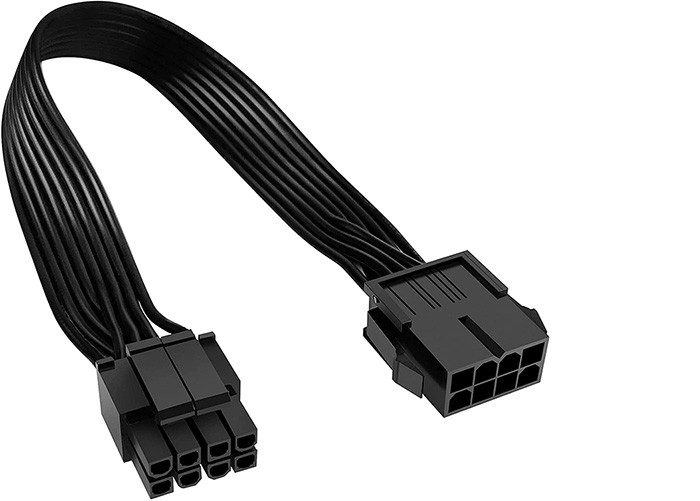
8/6 Pin PCI-E
These connectors are primarily for graphics cards but can be used for other PCI-E interface devices. Whether you use a 6-pin or 8-pin will change based on how power-hungry your graphics card is. The new PCI-E 5.0 standard will bring a new standard in this area, but for now these connections and an adapter will work well for the latest GPUs. It is not uncommon for a graphics card to require multiple of these connectors.
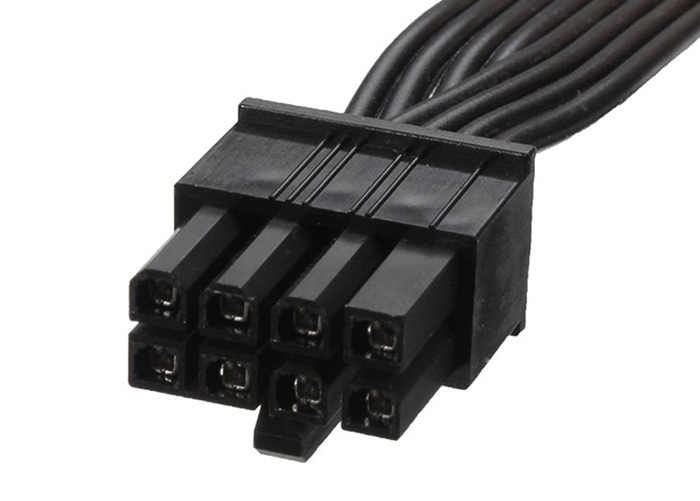
Peripherals & SATA
SATA power connectors exist to power up 2.5inch SSDs and 3.5inch HDDs. Over time, this connector has also been widely adopted by other, low-power accessories like RGB hubs and fan controllers, too. This makes this an important connector, even if you are opting to go for an all M.2 storage setup. It is common to have upto six SATA connectors on each power cable harness, with upto four hardnesses included in the box. That could mean up to 24 SATA power connectors on some PSUs!
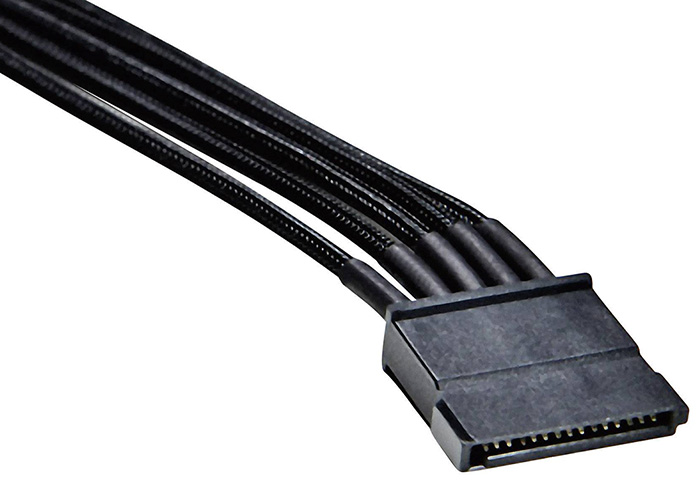
Do You Need a Power Supply?
Yes – absolutely! A power supply is a major component in any PC build and is required to get your PC up and running. Your PSU is responsible for all of your power delivery and the cables that it comes with need to be plugged in for your components to receive power.
The question of whether you need a PSU could instead be ‘what cables do you need?’ or ‘how much wattage do you need?’. It can be a point of confusion in relation to the cables you’ll need for your system and where to plug them in, so we recommend you look at our Cable and Wiring PC Build guide. For wattage, we’d recommended taking a read of a piece we recently published on the ins and outs of PSU wattage requirements.
[adrotate banner=”7″]Our Recommended Picks
Looking for a PSU but not sure which to pick? Take a look at some solid options below that nicely cover off 650W, 750W and 1000W outputs.
Cooler Master MWE Gold 650
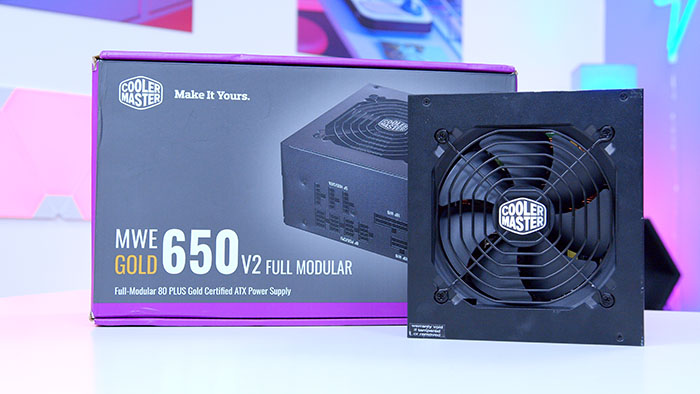
This 650W Cooler Master power supply is ideal for budget and some mid-range builds. Its efficiency rating is 80+ Gold minimising the amount of energy wasted as heat. It is also fully modular providing you the ability to sort out cable management with ease.
Corsair CX750F RGB

The CX750F RGB power supply brings both performance and aesthetics to the table. With a white chassis and RGB fan, you can add some extra looks to your build. This PSU is also modular giving you the option to select which cables you want.
MSI A1000G 1000W
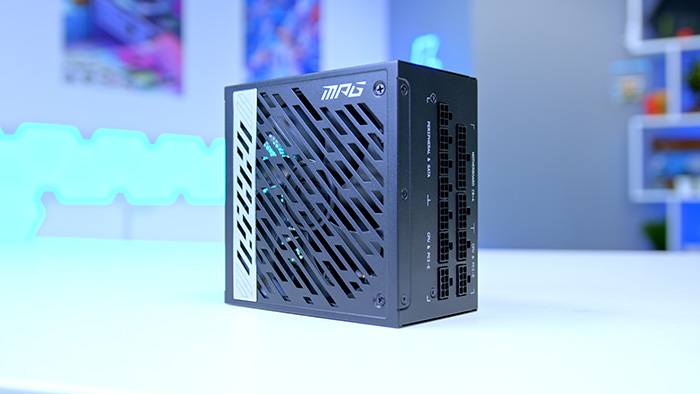
MSI’s A1000G is a 1000W power supply ideal for putting powerful components in your build. A 3090Ti would not go amiss being paired up with this PSU. With a zero fan mode and fully modular cable management, this PSU is a great selection.


